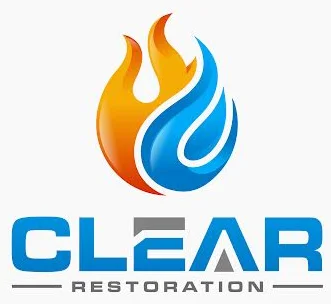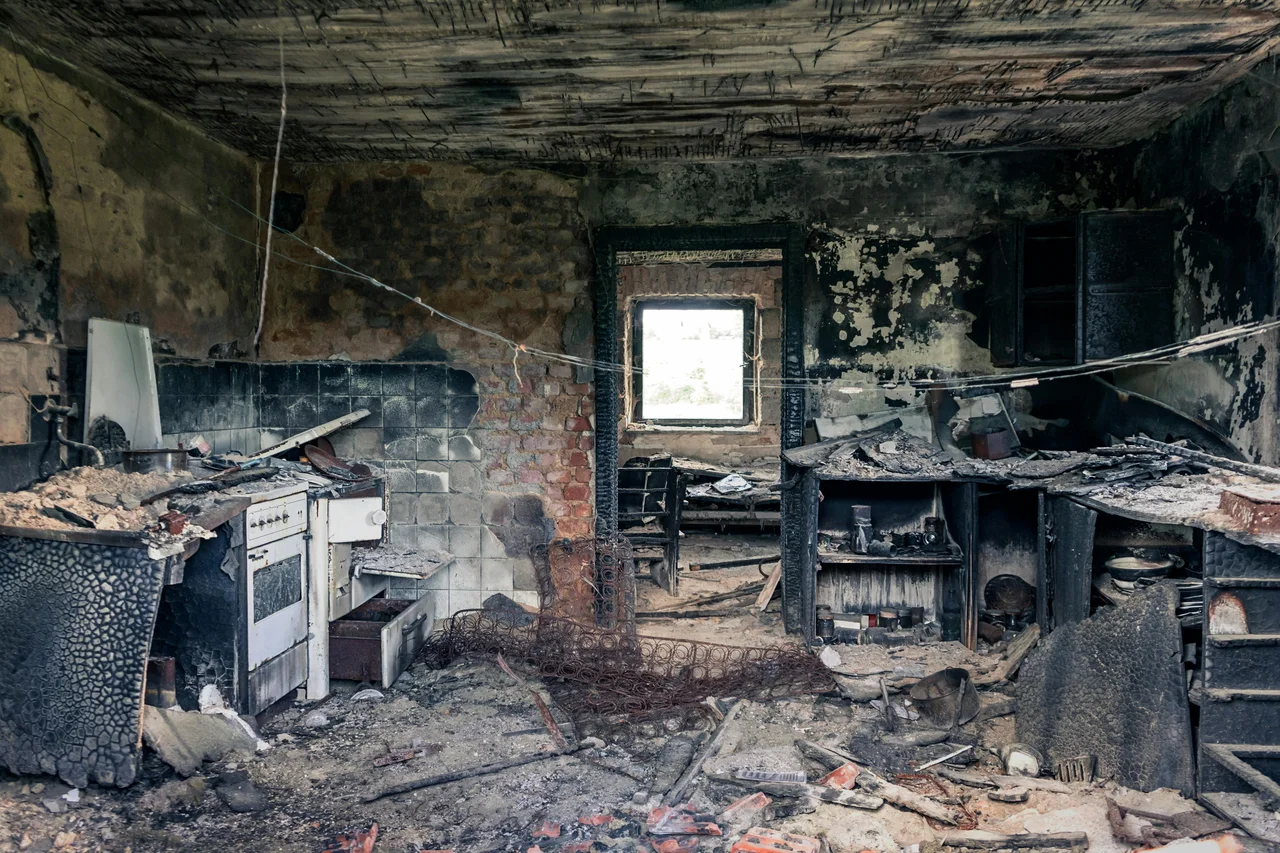In the aftermath of a fire, emotions run high, and decisions must be made quickly. The structure of your home, your cherished belongings, and even your sense of security may have been severely impacted. Fire damage restoration services provide the expertise and resources necessary to rebuild not just homes but lives. These services combine technical remediation, emotional support, and logistical coordination to restore your space to pre-loss condition.
Whether you’re dealing with soot-covered walls, soaked insulation from firefighting efforts, or pervasive smoke odors, choosing the right provider and understanding the associated costs are key to a smoother recovery.
Fire Damage Restoration Techniques: A Step-by-Step Breakdown
Professional fire damage restoration services utilize a comprehensive, phased approach to ensure structural integrity and eliminate health hazards. Here’s how restoration typically unfolds:
1. Emergency Contact and On-Site Inspection
The first response happens quickly, typically within hours. Restoration companies prioritize safety and begin with a walk-through to assess:
- The extent of structural damage
- Water presence from firefighting efforts
- Types of smoke residue (wet, dry, protein-based, etc.)
- Immediate risks (exposed wiring, mold growth, unstable framing)
Once the scene is stabilized, a preliminary cost estimate is often delivered within 24 hours.
2. Securing the Property
Restoration professionals board up broken windows and doors, tarp roofs, and erect temporary fencing if needed. This step is vital to prevent additional weather-related damage or vandalism while the cleanup begins.
3. Water Removal and Drying (If Applicable)
In cases involving firefighting efforts, water mitigation is urgent. High-powered pumps, wet vacuums, and industrial-grade air movers are deployed to extract water and dry affected areas. Dehumidifiers may run for days to prevent mold and structural weakening.
4. Soot and Smoke Removal
Different surfaces absorb smoke and soot differently. Technicians use various cleaning methods based on materials:
- Dry Sponging for delicate surfaces
- Chemical Sponge Wipe-Downs for walls and ceilings
- Soda Blasting or Dry Ice Blasting for brick, stone, or unfinished wood
- HEPA vacuuming to lift fine soot particles from textiles and air ducts
Electronics, books, and photographs often require special handling in a controlled environment.
5. Odor Elimination
Lingering smoke odors can permeate insulation, HVAC systems, and porous materials. Restoration companies rely on:
- Ozone treatments to break apart odor molecules
- Thermal fogging that mimics smoke penetration patterns
- Hydroxyl generators for deodorizing without chemical exposure
These techniques target odor sources instead of just masking them.
6. Content Cleaning and Restoration
Full-service providers will pack out your salvageable items—furniture, clothing, electronics, keepsakes—and clean them off-site using ultrasonic baths, freeze-drying (for books), and other industry-specific techniques. Once your property is restored, the items are returned and reinstalled.
7. Structural Repairs and Reconstruction
Fire may compromise drywall, flooring, roofing, framing, and electrical systems. Restoration professionals either repair or fully reconstruct these systems, often coordinating with your insurance adjuster for approvals. The final step: repainting and cosmetic finishes to bring your home back to pre-loss condition—or better.
Fire and Water Damage Restoration Costs: What Influences the Price?
Fire restoration is rarely a one-size-fits-all service. Costs depend on a wide array of variables, including the following:
1. Severity and Spread of the Damage
A small kitchen fire might only require cosmetic repairs and air purification, while a whole-house blaze may involve gutting the structure. Severity affects every service category: water extraction, demolition, content loss, and reconstruction.
2. Area of the Property Affected
Costs rise in direct proportion to the square footage impacted by fire and water. Larger areas require more equipment, time, and manpower. A single-bedroom cleanup may range from $3,000 to $7,000, while full-home restoration can climb into six figures.
3. Water Category and Damage Type
Was the water from a clean firefighting hose (Category 1), contaminated from ruptured pipes (Category 2), or sewer-related (Category 3)? The more contaminated the water, the more intensive and costly the mitigation.
4. Smoke Penetration and Soot Type
Protein fires (like those from burned food) cause invisible but deeply embedded odors, requiring advanced deodorization. Plastic fires leave behind oily residues that stain surfaces and are tough to clean. All of these increase cost and labor intensity.
5. Materials and Reconstruction Needs
Premium materials like custom cabinetry, high-end finishes, or specialty flooring cost more to repair or replace. A restoration company will itemize reconstruction expenses in your project quote.
6. Insurance Policy Limits and Coverage
Your policy limits may determine whether some repairs are out-of-pocket. Restoration providers work closely with insurance adjusters to document the damage and justify the scope of work.
Average range:
- Minor fire/water restoration: $2,500 – $10,000
- Moderate structural and content damage: $10,000 – $50,000
- Full-scale restoration and rebuild: $50,000 – $150,000+
Remember: these are ballpark figures. The most reliable estimate comes from an in-person inspection, which most providers offer free of charge.
Key Certifications and Qualifications to Look For
Hiring a fire damage restoration provider isn’t just about speed—it’s about safety and long-term integrity. Look for these essential certifications:
IICRC Certification
The Institute of Inspection Cleaning and Restoration Certification (IICRC) sets the industry standard. An IICRC-certified technician has undergone rigorous training in fire, smoke, and water remediation practices.
EPA Lead-Safe Certification
Homes built before 1978 may contain lead-based paint. If your restoration involves sanding, demolition, or reconstruction, the provider should be certified under the EPA’s Lead Renovation, Repair and Painting (RRP) Rule to ensure proper containment and safe handling.
OSHA Safety Compliance
Teams working in unstable, post-fire environments need OSHA safety training, including the use of PPE, structural awareness, and hazard mitigation.
Do Restoration Companies Handle Personal Contents?
Yes, most full-service restoration companies offer pack-out services for your belongings. Here’s how it works:
- Inventory & Documentation: Your contents are photographed, cataloged, and tagged for identification.
- Off-Site Cleaning: Items are transported to a secure facility for specialized cleaning—think ultrasonic cleaning for electronics or ozone treatment for odor removal.
- Secure Storage: Until your home is ready, the cleaned items are stored in climate-controlled units.
- Reinstallation: Once restoration is complete, everything is returned and reassembled where it belongs.
This end-to-end care allows you to focus on recovery rather than logistics.
How to Choose the Right Fire Damage Restoration Provider
Finding the right partner goes beyond a flashy website or online ad. Here’s a checklist to guide your selection:
Local Presence and Rapid Response
Choose a company rooted in your community with teams ready to deploy 24/7. Local firms like Clear Restoration, LLC in Houston, TX, understand regional risks—like Gulf Coast storms and humidity—and are better equipped for rapid response.
In-House Services (No Subcontracting)
Restoration is complex. An in-house provider who handles everything—from initial cleanup to final rebuild—ensures better quality control, faster timelines, and fewer miscommunications.
Insurance Coordination Support
Look for companies experienced in insurance liaison. They should help document damage, submit claims, and advocate for your repair needs, minimizing your stress.
Transparent Pricing and Contracts
Reliable providers give detailed estimates, explain what’s covered (and what’s not), and avoid hidden fees. Ask for references and online reviews that back up their claims.
Empathy and Communication
Beyond credentials and equipment, choose a team that listens. Recovery after a fire is emotional, and your provider should treat your home—and your peace of mind—with compassion.
Choose Clear Restoration, LLC — Your Trusted Partner in Houston
In Texas, we know firsthand how quickly life can change when disaster strikes. From flooding rains to unpredictable Gulf Coast storms, our community faces its fair share of tough weather and unexpected events.
At Clear Restoration, LLC, we’re not just a restoration company—we’re your neighbors, your support system, and your dedicated recovery partner when it matters most. Our residential disaster restoration in Houston, TX, is all about local support. We serve homeowners across Houston and nearby cities with urgency, compassion, and expertise you can count on.
When you call us, you’re not getting a third-party contractor or a shuffled-around claim. You’re getting a direct line to a full-service team that handles everything in-house—from emergency board-ups and water removal to content restoration and full rebuilds.
Ready to get back on your feet?
Call us today. We’ll help you restore more than just your home—we’ll help you reclaim peace of mind.
Fire Damage Restoration FAQs
What certifications should I look for in a restoration company?
How much does combined fire and water restoration cost?

